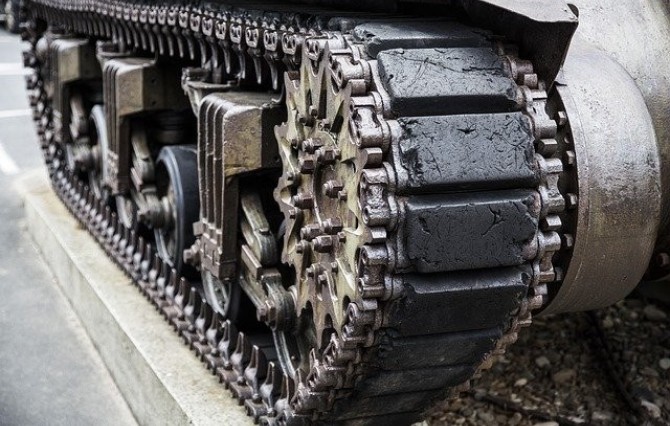Ukraine - The Day the Tanks Rolled In

It is with a heavy heart that I sit to pen this article on the recent invasion of the Ukraine, instigated by a deluded throwback to the days of the Cold War; something that my children only read about in history books and days that I had hoped were in the past. The build up to today’s invasion has been simmering since the annexation of the Crimea back in 2014, but is one that many believed wouldn’t actually happen.
In times of extreme market stress, it is important to pause, not panic, and consider the next course of action. The immediate reaction is often to sell everything to cash and hold until the market has turned and then “get back in”. Experience shows that this is possibly the worst course of action as timing the market is notoriously difficult and often leads to “cash paralysis” when you crystallise your loss, but actually never reinvest. You end up crystallising the loss and missing the bounce. Missing the best 2 or 3 days in volatile times can have a huge impact on performance over the longer term. We only have to look at the Covid lockdown sell off in March 2020 and the rebuilding of portfolios over the subsequent months. If you had sold in March 2020, you’d have missed the significant bounce. It is important in these times to remember the initial objectives of your investment, which is longer term real returns. You wouldn’t sell when your investments are up, so you equally shouldn’t sell when they are down. This is not to say that volatility is not uncomfortable, it undoubtedly is, but it is the price investors pay for the potential of longer term returns. Although your funds may be down over the short term, if you have been invested over the last 3 years you are probably sitting on a positive return, and we’ve all been through a lot in the last 3 years.
As we were all watching the last 2 years of Covid restriction pass into the rear-view mirror, hope was growing that we would return to a new normal and economies would reboot. Sure, there were legacy issues from the last 2 years, the main one being inflation (predicted to rise and then fall through 2022), but the world economies are in a better place now than at the start of lockdown. Then Putin…
So, what are the issues? Markets don’t like uncertainty and so, as a fragile recovery seemed on the cards and inflation rose, the US Central Bank (the Fed) raised interest rates, this spooked the markets. January saw a correction, but just as markets stabilised, we had the looming prospects of an invasion of Ukraine, although few thought it would actually happen. Surely mere sabre rattling? Peak uncertainty occurs just before “the event”, as no one can price in the full risk. The markets had priced in some risk of an escalation in the conflict but ironically, now that the tanks have rolled in, the uncertainty has gone, and we are dealing with actual events. Known events can be priced properly and the markets will adjust. There was always going to be volatility if the tanks rolled in, but despite all the tragic human loss of life and displacement of people (there are c.42 million people in Ukraine), wars rarely have a long-lasting impact on markets. Markets are driven by macro economics and business fundamentals.
There will be volatility in the coming months, especially in the already inflated energy sector. Russia produces 10% of the World’s energy and 50% of Europe’s and, as the world looks to impose punitive economic sanctions on Russia, there is the hope that OPEC (Organisation of the Petroleum Exporting Countries) will increase production to meet demand. Brent crude hit $103 per barrel earlier today so the big oil companies should perform well.
It has never been more important to have the risk in your investments actively managed and diversified. KDW uses risk rated, multi-asset portfolios run by many of the leading fund managers. These fund managers are looking to manage risk and reposition their portfolios to manage your investments through these times. Investing in more than one fund manager diversifies a portfolio and hence diversifies your risk. Many of the fund managers have been adjusting their portfolios, hedging currency, increasing exposure to gold, shifting from growth stock to value stock etc. There is very little, if any, exposure to Russian assets in mainstream portfolios.
What to do?
The advice in these situations is always the same: let the fund managers manage your investments through the volatility. There will be short term volatility, it’s unavoidable, as all portfolios have some exposure to stockmarkets and stockmarkets are currently stressed. Gains and losses are only realised when they are crystallised. Market volatility is not new, but it is uncomfortable. At KDW we are in constant contact with the fund managers and receive updates and briefings in volatile times. If you would like to discuss your current situation, or have any concerns, please do not hesitate to contact your adviser.
Marcus Maisey
24 February 2022
